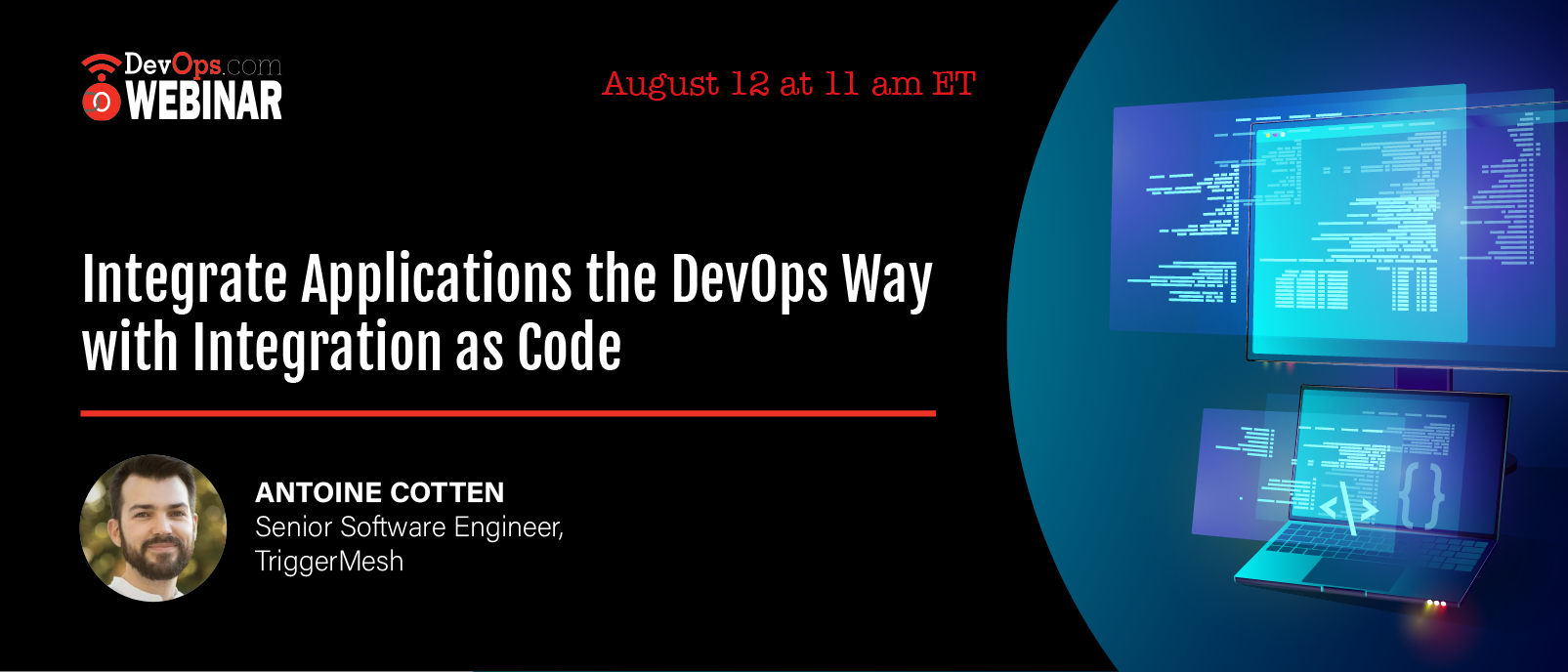Webinar
Think About Your Audience Before Choosing a Webinar Title

Sponsored by TRIGGERMESH
What You’ll Learn in This Webinar
Businesses today are deploying to more clouds and consuming more cloud and SaaS services than ever. Quickly integrating all these cloud endpoints and bringing on-premises apps along with you is a huge challenge, and one for which traditional ESB-based integration systems are not well-suited.
Join this technical webinar to learn how TriggerMesh helps developers and DevOps teams quickly create, and easily maintain, event-driven hybrid cloud integrations. TriggerMesh Senior Engineer Antoine Cotten will demo our new integration as codeTM language that you can use to build complex multicloud integrations in just a few lines. You can then deploy and manage these integrations using your GitOps workflow. Built on Kubernetes and Knative, the TriggerMesh cloud native integration platform powers scalable, event-driven application integration for hybrid cloud environments.
Key webinar takeaways:
- Developers, Product Owners, and DevOps teams will learn how integration as code improves speed, agility, flexibility, and self-service
- See how the TriggerMesh Integration LanguageTM simplifies complex multicloud integrations the same way Terraform and other infrastructure as code tools do for platform configurations
- Learn some of the key benefits of running your integration platform on Kubernetes, such as a familiar declarative API for all your integration components, effortless scaling including scale-to-zero, and built-in eventing system for event-driven integrations







